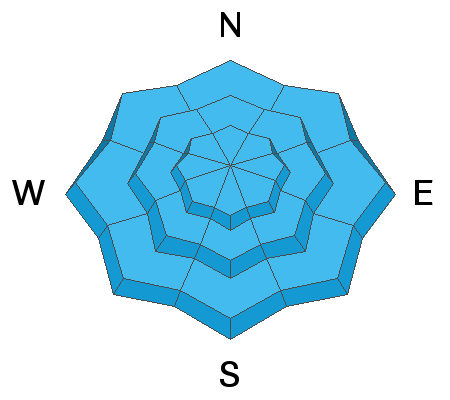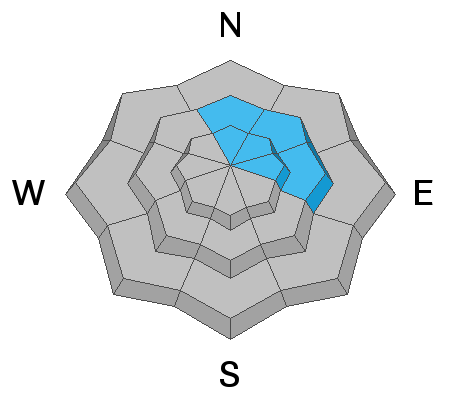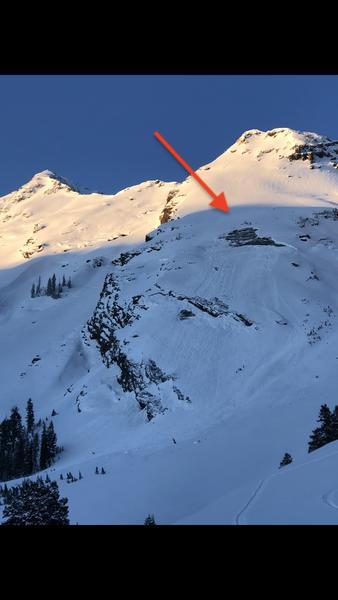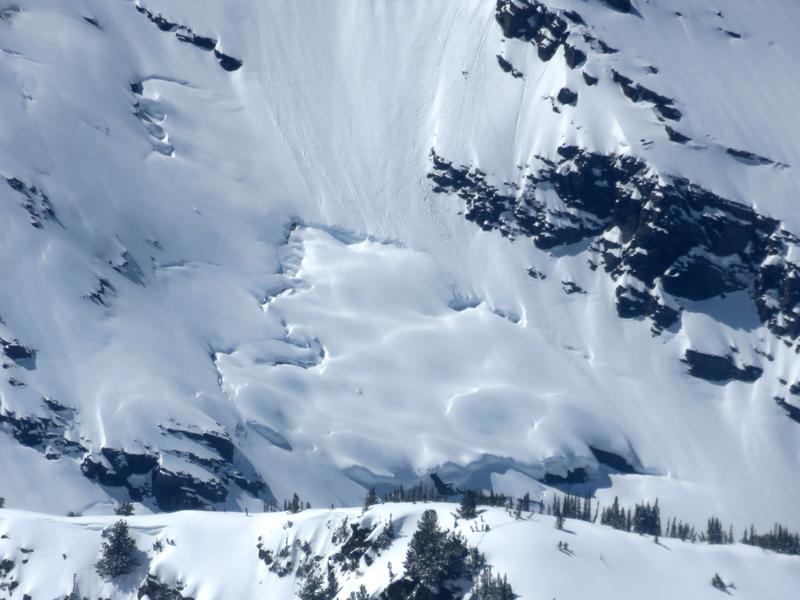Forecast for the Salt Lake Area Mountains

Issued by Drew Hardesty on
Tuesday morning, April 2, 2019
Tuesday morning, April 2, 2019
Low danger. Remember that Risk is inherent in mountain travel.
Low danger doesn't mean No danger: Wet sluff push-alanches possible in terrain that had a poor overnight refreeze. Dry sluffs and pockets of shallow new wind drifts up high.
Follow safe travel protocol, carry and know how to use your rescue gear, and minimize your exposure in high consequence terrain.
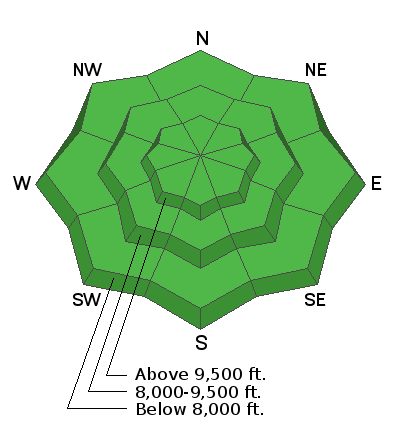
Low
Moderate
Considerable
High
Extreme
Learn how to read the forecast here


